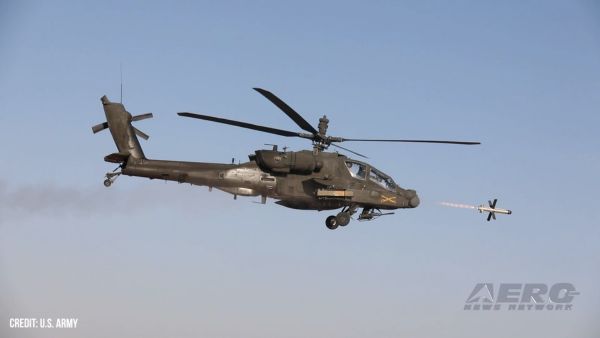Fri, Aug 02, 2019
Advertisement
More News
 Ticket Sales NOW OPEN for 2025 Affordable Flying Expo!
Ticket Sales NOW OPEN for 2025 Affordable Flying Expo!
Check out https://affordableflying.net/attend/ Right Away and Get YOUR Tickets To the Affordable Flying Expo! OK.... with a little over a month to go, it’s time to get seriou>[...]
 Aero-News: Quote of the Day (09.29.25)
Aero-News: Quote of the Day (09.29.25)
"Amelia made it almost three-quarters of the way around the world before she suddenly, and without notice, vanished—never to be seen again. Her disappearance, almost 90 years>[...]
 ANN's Daily Aero-Linx (09.29.25)
ANN's Daily Aero-Linx (09.29.25)
Aero Linx: Cessna 150-152 Club The Cessna 150-152 Club has been the go-to place for information about the care and operation of the World’s Most Popular Two-Place Airplane si>[...]
 ANN's Daily Aero-Term (09.29.25): Hover Taxi
ANN's Daily Aero-Term (09.29.25): Hover Taxi
Hover Taxi Used to describe a helicopter/VTOL aircraft movement conducted above the surface and in ground effect at airspeeds less than approximately 20 knots. The actual height ma>[...]
 Airborne 09.26.25: Army Cuts AV-Ranks, 2025 ATC Hiring, AF Next-Gen Fighter
Airborne 09.26.25: Army Cuts AV-Ranks, 2025 ATC Hiring, AF Next-Gen Fighter
Also: Purdue In Space?, 4 SpecOps Lost In Helo Crash, Solid-Fuel Ramjet, Ultra-High Airspace Over FL The US Army recently confirmed its plans to thin out its active duty aviation r>[...]
blog comments powered by Disqus




